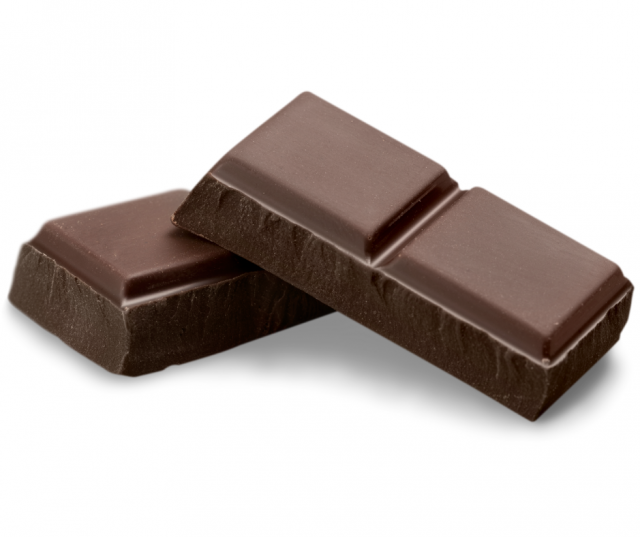By Jarrod Agosta, Dietitian and Nutritionist
There is nothing wrong with enjoying a sweet treat around the Easter period. Chocolate is enjoyed by most children and adults alike, and for many would be considered one of life’s great pleasures. For most people, asking them to give up chocolate would be like asking them to jump out of an plane: it may be enjoyable for some, but most would not be keen on the idea!
It is common knowledge that chocolate should be a treat or considered a “sometimes food”, so the question is how much of a good thing is too much?
Nutritionally speaking, chocolate is energy dense but not very nutrient dense. Chocolate contains good quantities of the main macronutrients (carbohydrate/fats/protein) but it offers little other nutritional value in regards to vitamins and minerals. Secondly, it is very high in sugar and often high in the bad kind of fats (saturated) that we should aim to reduce in our diets to maintain good health.




